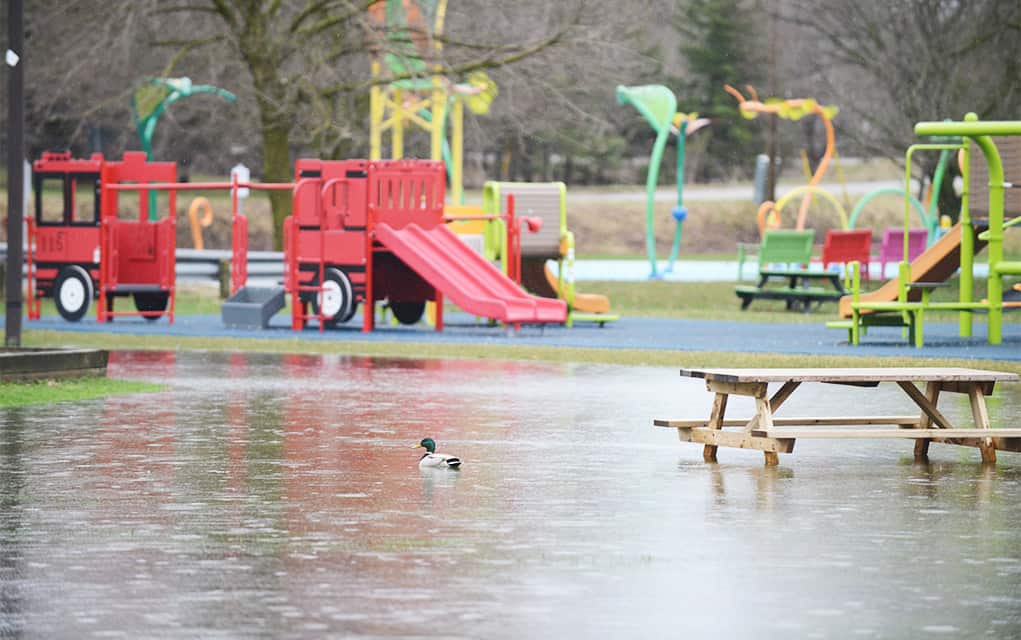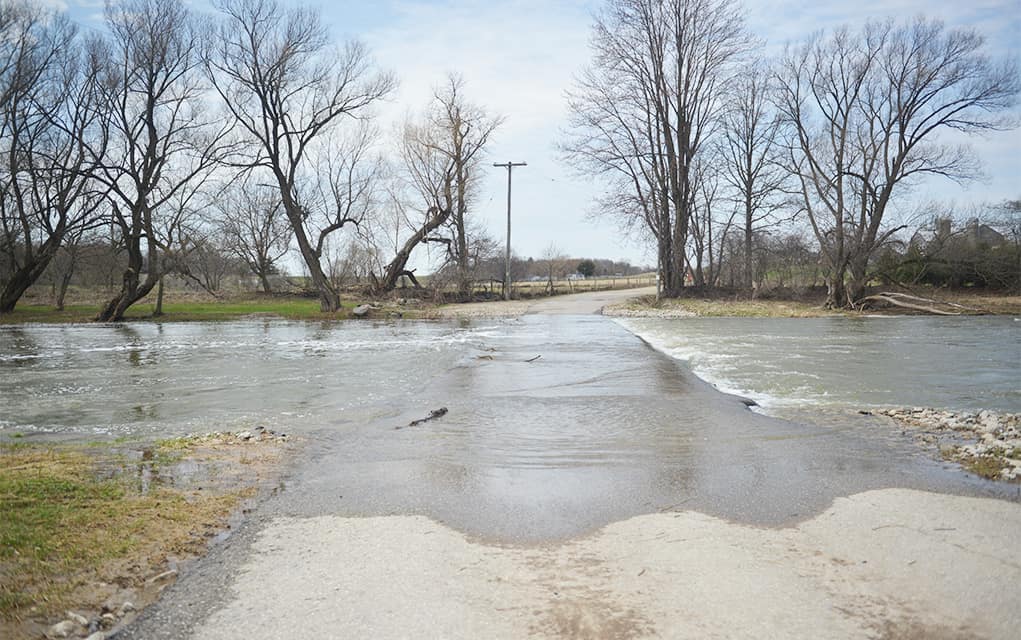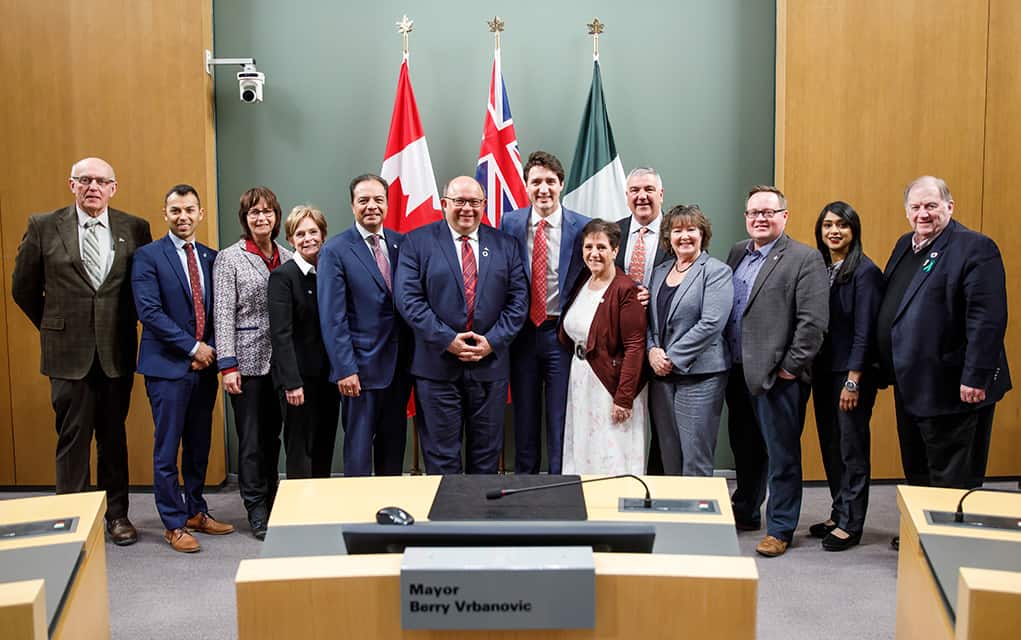Provincial cuts have forced the Grand River Conservation Authority to adjust its financial forecast.
The “natural hazard” transfer payment from the province was cut almost in half, the agency learned earlier this month following the release of the Ford government’s first budget.
“They advised as well that the reduction took place immediately,” said GRCA spokesperson Lisa Stocco. “For us, it’s about a 48 per cent reduction with respect to what was received in 2018.”
The new allocation will be about $450,000 instead of almost twice that amount, as originally expected.

Revenue for the GRCA comes from various sources – 44 per cent is self-generated through user fees, such as park admissions and nature centre programs, while municipalities fund 33 per cent. Around nine per cent comes from reserve funds.
Despite the drastic cut, government grants make up 10 to 15 per cent of the GRCA revenues. Since the agency’s budget was just approved in February, it will need to be adjusted in light of the cuts.
“Right now, staff are incorporating the funding reduction into our financial forecast, and that will be presented to the board … on April 26 at the general membership meeting,” said Stocco. “They will discuss at that time the impact of the reduction and how to address it.”
The cuts affect organizations across the entire province. Conservation Ontario did note that it would particularly impact “smaller and more rural conservation authorities.”
Before the reduction, a total of $7.4 million was shared among 36 conservation authorities across Ontario. Stocco said that despite cuts, the GRCA remains dedicated to its mission.
“What I can say is that the GRCA remains committed to its priority of protecting life and minimizing property damage related to flooding and erosion,” said Stocco. “Our flood management program plays a key role in keeping our watershed communities safe and building resilience to climate change as well. We remain steadfast in that commitment.”
The GRCA manages water and other natural resources on behalf of 39 municipalities and almost one million residents of the Grand River watershed. Expenditures are focused on projects to reduce flood damages, improve water quality, maintain a reliable water supply, protect natural areas and biodiversity, and more.
Currently, the province is consulting with stakeholders and the public on the core role of conservation authorities online at the Environmental Registry of Ontario. The goal is to make amendments to the Conservation Authorities Act, introduced in 1946, to clearly define the core mandatory programs and services provided by conservation authorities. It is open to public comments until May 20.
“Ontario’s current fiscal challenge requires public sector organizations at all levels to find ways to make government spending more effective and efficient,” said Justine Lewkowicz, a spokesperson for the Ministry of Natural Resources and Forestry in an email to the Observer.
“Conservation authority revenue comes from various sources. Generally, less than 10 per cent of overall conservation authority funding is provided by the provincial government. Our government is committed to balancing the budget in a responsible manner to protect what matters most – health care, education, and other critical public services.”
Stocco said it was not clear how exactly this would impact day-to-day operations, such as a reduction in staff or requesting additional funding from municipalities. There will be more clarity in the coming months, and after tomorrow’s board meeting.
“The bottom line is there are still many things that are unclear and unknown,” said Stocco. “I think as some decisions are made, there will be some greater clarity from the province, which will then help the GRCA in its decision-making.”









